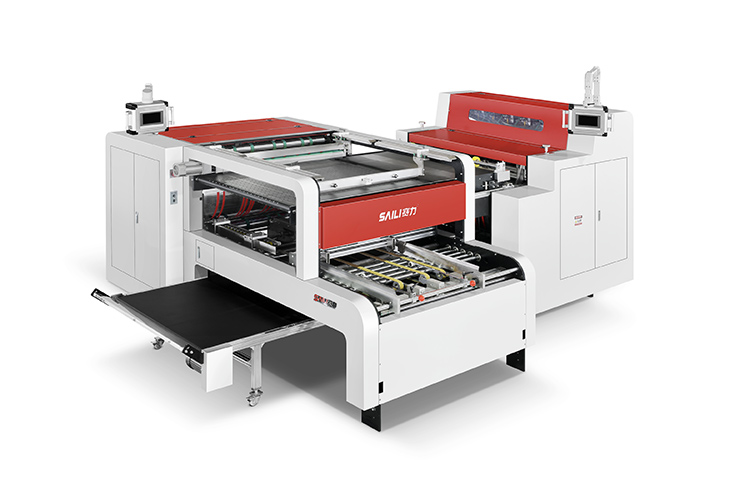-
 Since 1996Professional Cardboard Grooving
Since 1996Professional Cardboard Grooving
Machine Manufacturer - Home
- About
- Product
- Service
- Innovations
- Case
- News
- Contact us
-
- EN
Many users new to cardboard processing often wonder where and how a Cardboard Slitting Machine is actually used. This article answers these questions by breaking down its typical usage scenarios and key application fields, providing clear, practical educational information without complex jargon.

Understanding the specific scenarios where this machine operates helps users better plan production processes. Below are the most common ones:
Most cardboard is purchased in large, standard-sized sheets. A Cardboard Slitting Machine is frequently used to cut these large sheets into smaller, custom sizes that match the needs of subsequent production steps. For instance, if a factory needs to make small packaging boxes, the machine first trims oversized cardboard to the basic dimensions required for box production.
It often works as a "preparatory tool" alongside other cardboard processing machines. Before a cardboard sheet enters a grooving machine or folding machine, it may need slitting to the exact width or length the next machine can handle. This ensures smooth coordination between different production links and avoids errors from mismatched cardboard sizes.
Not all production needs are large-scale. For small-batch orders—such as custom packaging for small businesses or limited-edition products—the machine can quickly adjust settings to slit cardboard into required sizes. Unlike some large, rigid production lines, it offers flexibility for small-volume, personalized needs without sacrificing precision.
Its versatility means it plays a role in several key industries where cardboard processing is essential:
This is the primary application field. Whether making shipping cartons, consumer goods gift boxes, or electronic product inner trays, the machine prepares properly sized cardboard. It ensures packaging materials fit the product's shape and size, laying the foundation for high-quality packaging production.
After cardboard is printed with patterns or text (like brand logos or product information), it often needs slitting into specific sizes before becoming final products such as brochures, menu holders, or display stands. The machine's precision avoids damaging printed content during cutting, preserving the visual effect of printed materials.
Many handmade or boutique gifts require custom cardboard packaging or decorative elements. The machine can slit thin or thick cardboard into strips, squares, or other shapes for making gift boxes, craft frames, or decorative inserts. Its consistent precision ensures craft products have a neat, professional appearance.
Small electronic accessories (such as chargers, earphones, or smartwatch bands) need compact, well-fitted packaging to protect them during transportation. The machine slits cardboard into small, precise sizes that form inner packaging trays or outer boxes, keeping accessories in place and preventing damage.
In short, a Cardboard Slitting Machine is a practical tool used mainly to resize cardboard, coordinate with other processing equipment, and handle small-batch orders. Its applications cover core industries like packaging, printing, gifts and crafts, and electronic accessories packaging—providing essential support for businesses relying on cardboard processing.
If you want to learn more about how different types of this machine adapt to specific production needs, you can visit our product page. There, you'll find detailed information about various models and their functions to help you find the right solution for your requirements.